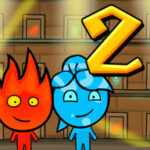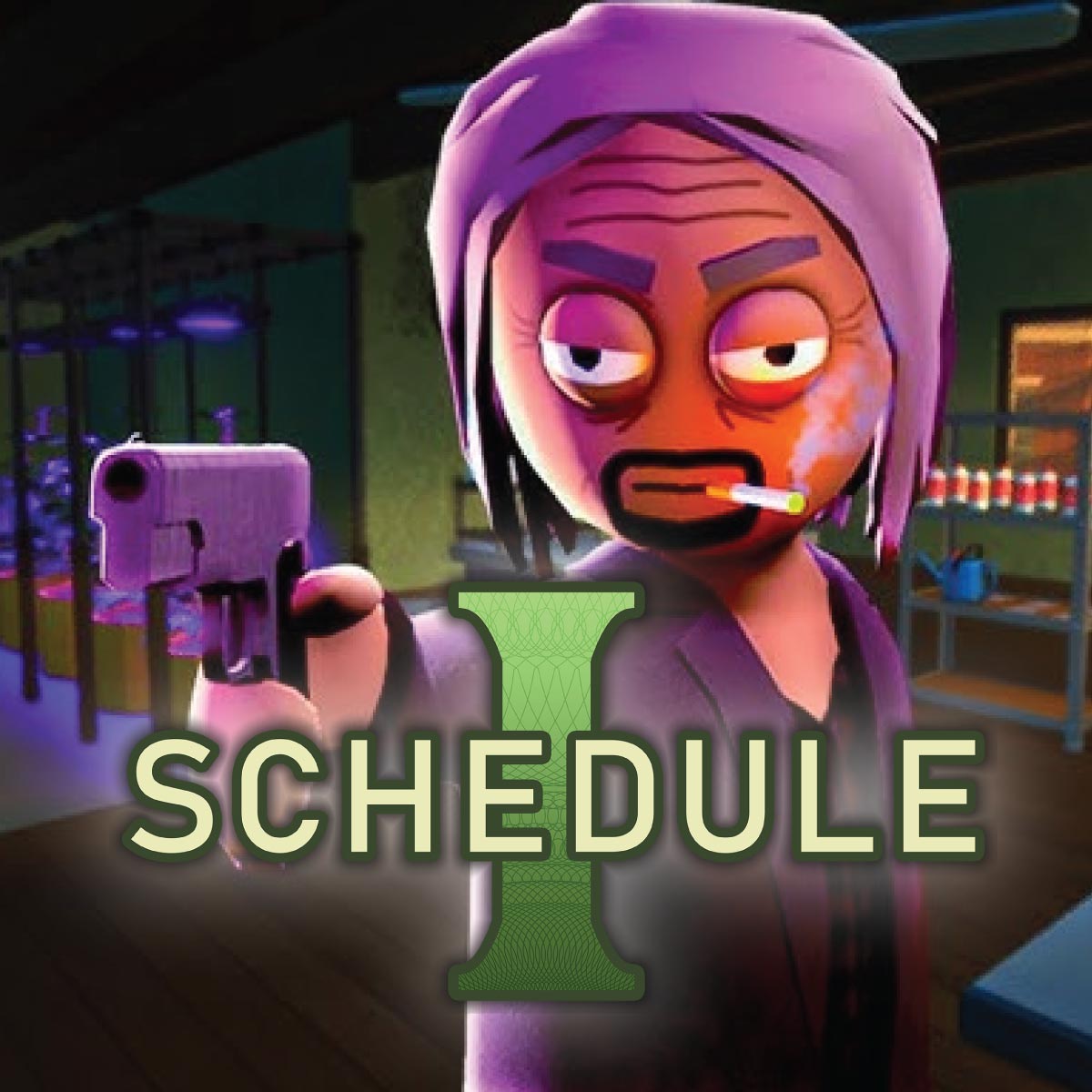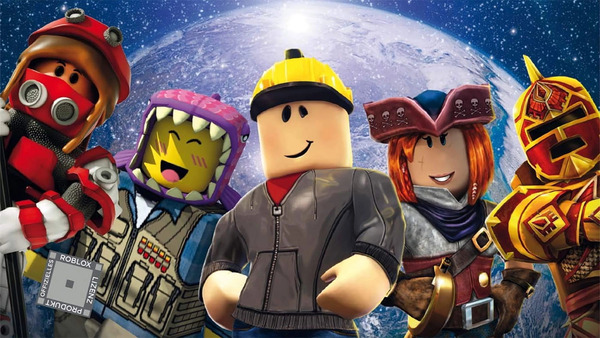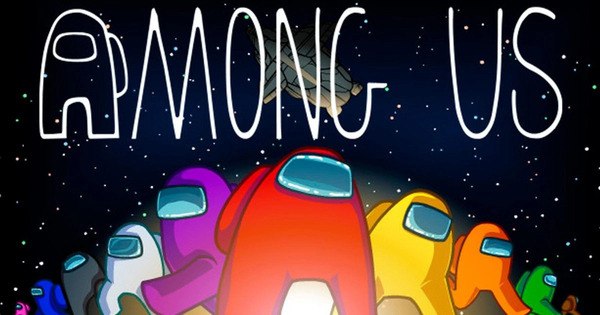Poppy Playtime – Chapter 3: Deep Sleep takes the indie horror franchise to darker and more psychological territory, continuing the player’s terrifying descent into the secrets of Playtime Co. After the chaos of Chapter 2, the third installment shifts tone and focus—introducing haunting new environments, disturbing enemies, and an increasingly unsettling mystery around the company’s past and your own identity.
Developed by Mob Entertainment, Chapter 3 amplifies everything fans have come to love: eerie puzzles, chilling AI monsters, and immersive audio-visual design. But it also injects deeper lore, stealth-based gameplay, and themes of sleep, trauma, and memory. It’s not just scarier—it’s smarter and more mature.
1. Picking Up from Chapter 2 – After the Crash
Chapter 3 begins moments after the end of Chapter 2, where a speeding train derailed deep within the factory. The crash leaves the protagonist unconscious, and they awaken in an entirely new area—darker, colder, and more isolated than anything before.
This new zone, rumored to be Playcare, was once a child wellness and experimentation facility beneath Playtime Co. It’s a twisted mix of daycare innocence and institutional horror. The transition is seamless, setting a darker tone from the very first moment.
The player quickly realizes they’re not alone—and that the nightmares have only just begun.
2. A New Environment: Playcare and the Underbelly of Playtime Co.
Playcare is Chapter 3’s main setting and easily the creepiest yet. It's a former underground care center where children were housed, studied, and possibly altered in the company’s darkest experiments.
The layout includes:
-
Medical labs disguised as playrooms
-
Soundproof therapy chambers
-
Rotting dormitories with remnants of children’s belongings
What sets Playcare apart is its claustrophobic verticality—tight corridors, spiraling shafts, and locked rooms that twist your sense of direction. Lights flicker constantly, shadows stretch unnaturally, and strange whispers echo, creating a constant atmosphere of dread.
3. New Threat: CatNap, the Silent Terror
Replacing Mommy Long Legs as the main antagonist, CatNap is a humanoid feline toy with a blank face, padded limbs, and hypnotic behavior. Unlike Huggy Wuggy or Mommy, CatNap doesn’t chase immediately—he stalks in silence, watching, waiting, and manipulating the player’s sleep cycles.
Key traits of CatNap:
-
He uses gas to induce sleep and hallucinations.
-
He whispers cryptic messages while hiding.
-
When you sleep, you may wake up in a different place—or timeline.
This new enemy introduces a more psychological horror experience, where you never know whether what you’re seeing is real, imagined, or remembered.
4. Sleep Mechanics and Hallucination Sequences
A major innovation in Chapter 3 is the sleep system. At key points, the player will lose consciousness due to CatNap’s influence or scripted moments. These events unlock flashbacks, alternative routes, or warped dream sequences.
Sleep affects gameplay in key ways:
-
Hallucinations may reveal clues—or mislead.
-
Certain puzzles can only be solved after "waking up."
-
The more you sleep, the more unstable your vision becomes.
This mechanic blurs reality and adds unpredictability, as the world changes after every major sleep sequence, altering character paths, environments, and story direction.
5. The Red Hand Upgrade and New GrabPack Features
Chapter 3 introduces the Red Hand as the latest addition to the player’s GrabPack arsenal. It allows you to:
-
Manipulate pressure plates to activate weighted switches
-
Detect invisible objects or doors hidden in the environment
-
Disable power to certain AI-controlled mechanisms
Combined with previous Blue, Green, and Yellow hand features, the GrabPack becomes more versatile and essential for stealth, traversal, and puzzle-solving.
Players are required to think in three dimensions, often solving puzzles under duress while avoiding detection or managing oxygen levels in sealed rooms.
6. Puzzles and Gameplay Evolution
Puzzle design in Chapter 3 is more complex and sinister. Each puzzle is now deeply tied to environmental storytelling. Examples include:
-
Reconstructing fragmented memories using children’s drawings
-
Navigating hallucinated mazes while under gas-induced sleep
-
Manipulating light and sound to lure enemies or reveal hidden exits
Many puzzles are time-sensitive and tied to psychological pressure. They’re not just mental challenges—they’re stress tests that blur gameplay with fear.
The trial-like format from Chapter 2 is gone, replaced by a more organic, exploration-based design that rewards careful observation and experimentation.
7. Lore Revelations and the Truth Behind Playcare
Chapter 3 dives deeper into the twisted legacy of Playtime Co. Through recovered documents, audio logs, and visions, players uncover:
-
That children were not just test subjects—but also components in creating sentient toys
-
The role of CatNap as a behavioral control experiment gone rogue
-
Possible links between Poppy and early staff, suggesting she may know more than she lets on
Poppy’s dialogue becomes increasingly ambiguous—sometimes helpful, sometimes manipulative. The game makes you question her motives constantly.
A standout moment is the discovery of a mass memorial hidden beneath Playcare, filled with forgotten toys and broken monitors still recording your every move.
8. Audio Design and Psychological Soundscapes
Chapter 3 pushes sound design to new levels. Audio is not just a cue—it’s a mechanic. Whispers, creaking toys, sirens, and overlapping radio static are used to:
-
Lure players into traps
-
Trigger hallucinations
-
Indicate nearby enemies
CatNap's breathing can sometimes be heard before he appears, while dream sequences often feature reversed lullabies or distorted children’s music.
The soundscape is layered and reacts to both player movement and narrative triggers, ensuring that even silence becomes a source of paranoia.
9. Community Reactions and Theories
Chapter 3 was met with overwhelming interest from fans and theorists. Highlights from community discussions include:
-
The true identity of the player character (Are they a former staff member? A test subject?)
-
Poppy's long-term agenda—liberator or manipulator?
-
The mysterious “Man in the Window”, briefly glimpsed during a dream sequence
YouTube is filled with breakdowns of every tape, wall scribble, and background voice. Chapter 3 has expanded the franchise’s mythos, building more excitement for what lies ahead.
10. What’s Next – Looking Toward Chapter 4
Chapter 3 ends on a cryptic and horrifying note. The player manages to escape CatNap's grasp temporarily, only to discover a massive door marked EXPERIMENT 1006—the long-hinted, ultimate threat in the Playtime universe.
Chapter 4 is expected to:
-
Introduce the Prototype, the first and most dangerous sentient creation
-
Reveal the origin of the GrabPack system and its original user
-
Possibly allow choice-based outcomes tied to how much the player sleeps or trusts Poppy
Mob Entertainment has confirmed that Chapter 4 will take things even deeper—perhaps outside the factory entirely. For now, fans are left with speculation, fear, and anticipation.
Conclusion
Poppy Playtime – Chapter 3: Deep Sleep delivers a chilling, cerebral horror experience that marks a bold evolution for the franchise. With the introduction of sleep-based mechanics, psychological threats like CatNap, and deeper exploration into the ethics of Playtime Co., Chapter 3 proves that indie horror can still surprise, innovate, and terrify.
This chapter isn’t just about survival—it’s about identity, memory, and truth. With haunting design, tight mechanics, and a disturbing new tone, Chapter 3 solidifies Poppy Playtime as one of the most compelling horror narratives in modern gaming. The nightmare continues—and we’re wide awake for it.






























